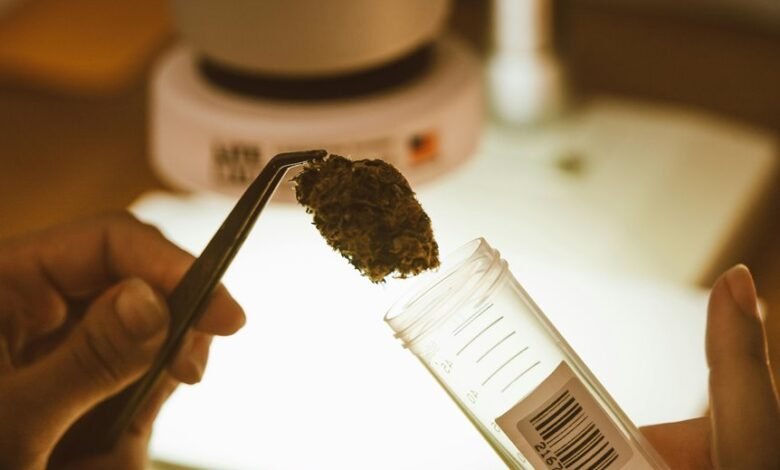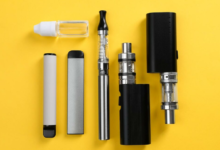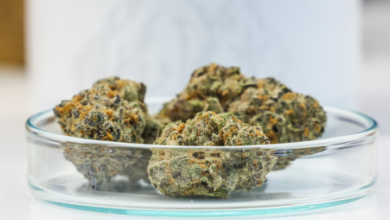How to Read Cbd Lab Results

Understanding CBD lab results requires a systematic approach to interpreting the Certificate of Analysis (COA). This document provides critical insights into cannabinoid concentrations, including both CBD and THC levels. Additionally, it outlines potential contaminants that could affect product safety. By analyzing potency and dosage recommendations, consumers can align their choices with specific wellness goals. However, the nuances within these results can significantly influence overall efficacy and safety, prompting further exploration of each section.
Understanding the Certificate of Analysis (COA)
The Certificate of Analysis (COA) serves as a critical document that verifies the potency and purity of CBD products.
It employs standardized COA terminology to convey essential information regarding cannabinoid concentrations and contaminants.
Testing methods, such as High-Performance Liquid Chromatography (HPLC) and Gas Chromatography (GC), ensure accurate results.
Understanding the COA empowers consumers, fostering informed choices and promoting transparency in the evolving CBD market.
Key Cannabinoid Profiles: What to Look For
Cannabinoid profiles provide essential insights into the composition of CBD products, enabling consumers to assess their potential effects and benefits.
Key elements include cannabinoid percentages, which dictate the strength and therapeutic potential, and terpene profiles, which enhance the overall experience through aroma and additional benefits.
Analyzing these factors allows for informed choices, catering to individual wellness preferences and desired outcomes.
Testing for Contaminants: Ensuring Safety and Quality
While consumers may prioritize cannabinoid profiles when selecting CBD products, ensuring safety and quality through contaminant testing is equally crucial.
Contaminant sources, such as heavy metals, pesticides, and microbial pathogens, pose significant health risks.
Employing rigorous testing methods, including chromatography and mass spectrometry, allows for the accurate detection of these harmful substances, ultimately providing consumers with confidence in the safety and integrity of their chosen products.
Interpreting Potency and Dosage Information
Understanding potency and dosage information is essential for consumers navigating the diverse landscape of CBD products.
Potency levels indicate the concentration of cannabinoids, directly influencing effects and therapeutic potential.
Accurate dosage recommendations, tailored to individual needs, ensure optimal benefits while minimizing adverse effects.
Consumers must critically assess lab results to align potency with personal health goals, facilitating informed choices in their CBD journey.
Conclusion
In the grand theater of CBD consumption, understanding lab results is akin to deciphering ancient hieroglyphics, where the untrained eye might mistake "potency" for "pint-sized." One might imagine a world where consumers are equipped with magnifying glasses and lab coats, yet many remain blissfully ignorant of heavy metals lurking in their tinctures. As the cannabis connoisseur navigates the COA landscape, it becomes clear: knowledge is power, but perhaps a little ignorance is just a more relaxed way to enjoy the ride.






